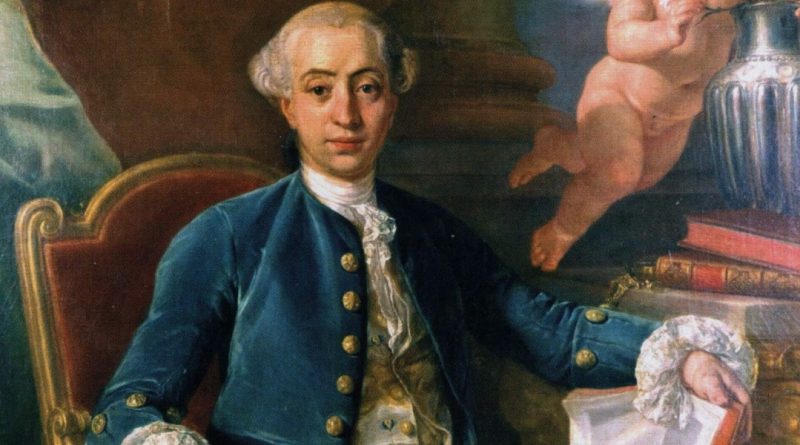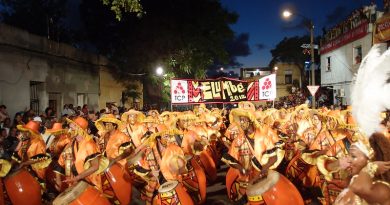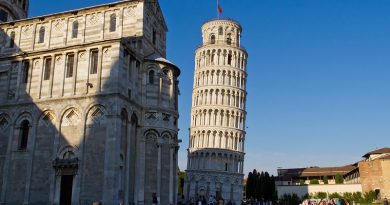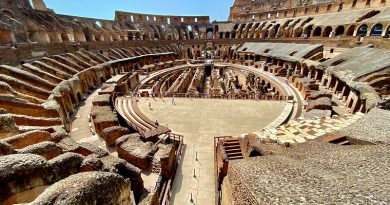Casanova – the great lover and libertine of Venice
History Facts
Where: Venice, Northern Italy
When: 1725 – 1798
History: Explore the stomping ground of Casanova – a prolific and amorous lover and rogue who was a byword for decadent aristocratic 18th century Venetian society
Go there for: Elegant outdoor cafe culture and people watching
Who was Casanova?
Venice is arguably the most romantic city in the world and one of its most famous residents was Casanova – the great lover and libertine. Giacomo Girolamo Casanova was born on 2 April 1725 in the Contrada di San Samuele, Venice, or to be exact in the “Calle della Commedia” – now Calle Malipiero.
Eighteenth century Venice became a byword for decadence as aristocratic Venetians frittered away their inherited wealth with lavish parties and gambling. Casanova’s exploits are symbolic of one of the city’s most outrageous moments in history. He lived and studied in Venice, seduced women, gambled, and was one of the few prisoners to make an escape from the city’s prisons. According to Casanova’s own accounts he had encounters with over 200 women, all of whom he promised to belong to until his death. Apparently no woman could resist his amorous charms.
Take a Casanova tour of Venice
Lucio Marco Zorzi is so passionate about Casanova that he’s created his own tour about his life. One of his ancestor’s was actually a friend of Casanova. Lucio will take you on a romantic tour of the historic sites of Italy’s greatest lover.
The tour takes in San Samuele and Monumento Colleoni, where Casanova had a romantic meeting with a nun from Santa Maria degli Angeli, and Ponte di Tette – the name translates quite literally as “Tits Bridge” because this was the red light district of Venice. In the early sixteenth century some 11,000 prostitutes were registered in Venice. Apparently they were encouraged to hang out of windows bare breasted to encourage business – no wonder Byron called Venice ‘the revel of the world’! The city fathers were worried about Venetian men adopting eastern habits of sodomising each other and overt prostitution was their solution.
The demise and legacy of Casanova
Casanova died on 4 June 1798 as the Knight of Seingalt, a self-appointed title, in the Bohemian castle of Dux, where he had been able to retire in later life, thanks to the hospitality of the Prince of Ligne. During his forced retirement he wrote his autobiography that narrates his adventurous and scandalous deeds and faithfully mirrors eighteenth-century European society.
MORE INFORMATION
Casanova’s life: an outline
Chronological account of key milestones in Casanova’s life
By Nicole Dudley




